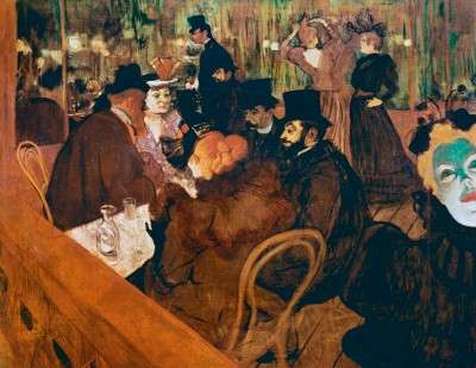|
Margins
There will be time, there will be time To prepare a face to meet the faces that you meet; There will be time to murder and create, And time for all the works and days of hands That lift and drop a question on your plate; Time for you and time for me, And time yet for a hundred indecisions, And for a hundred visions and revisions, Before the taking of a toast and tea. --T.S. Eliott With the precision of a surgeon, he spliced your canvas-- lacerated the fibres and dismembered your vision, assured that his recension would temper provocations, the suggestion of swinging calves, shaking rumps and switching skirts, stirring the yearning of outcasts who gathered in bar chairs on balconies and poised tenuously on stairs-- They emptied their cups to numb the absence. You sat among them, filled your glass to the brim and above the brim another round that burned down until the green fairy's swirled apparitions, acidic and swift, appeared in darkened corners, unnoticed like loose strings in the fringes of bar-rooms You disappeared with your musings, in your muses, you painted yourself into the foreground, the background, the periphery where you belonged. In shadows, you conjured her, with skin acerbic, her caustic gaze, Her face--fantastic--detaches from her frame and swallows yours whole. There’s a fissure in the skin of the canvas. Set like a limb reattached, She leans into the break to gaze--a spurned lover cast aside to survive only in brush-strokes of alleyways--drown in oceans of arsenic. She reminds us to listen for the ghosts in shavings of erasers, to see yet what lingers in the margins-- their hauntings in wasted papers. Erin Holtz Poet's note: "This past spring, I took my two little girls to The Art Institute in Chicago. As usual, we stopped to see Toulouse-Lautrec's At the Moulin Rouge. I crouched down to talk with my youngest about the 'green lady' in the painting, and it was the first time I saw a suture in the canvas--it was cut by an art dealer who believed the inclusion of the 'green lady,' May Milton, decreased the painting's value. It was later reattached. (It astonishes me how we can see art so differently from various angles and points of view.) From that visit, I knew I wanted to tie together the idea of creation and revision in an ekphrastic poem, a marriage of TS Eliot's relationship with Ezra Pound and posthumous splicing of Toulouse-Lautrec's painting by an art dealer." Erin Holtz teaches English and Creative Writing in the Chicagoland suburbs and writes poetry late at night. She has been published in Mothers Always Write and in Lament for the Dead.
1 Comment
Josephine
11/20/2020 11:04:12 am
I really like how the poet emphasized the cut of the canvas.
Reply
Your comment will be posted after it is approved.
Leave a Reply. |
The Ekphrastic Review
COOKIES/PRIVACY
This site uses cookies to deliver your best navigation experience this time and next. Continuing here means you consent to cookies. Thank you. Join us on Facebook:
July 2024
|




